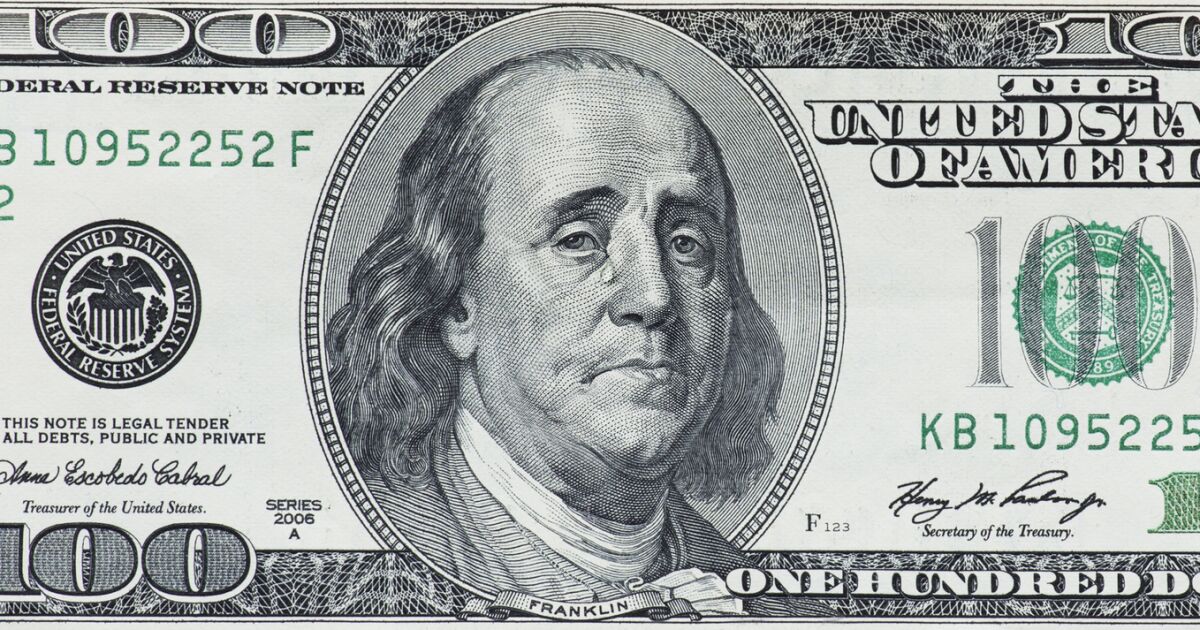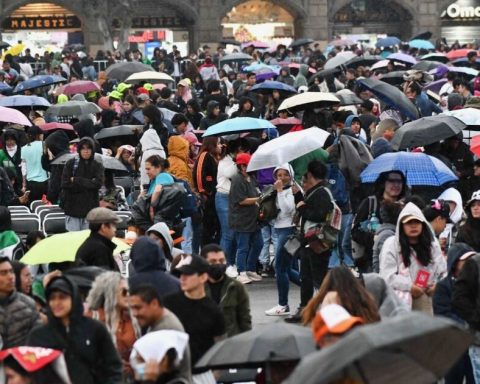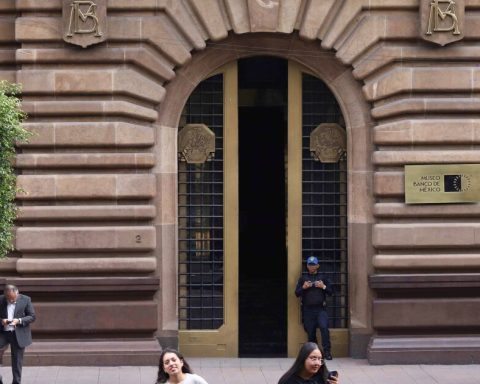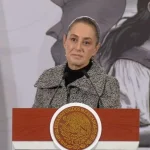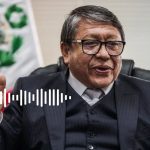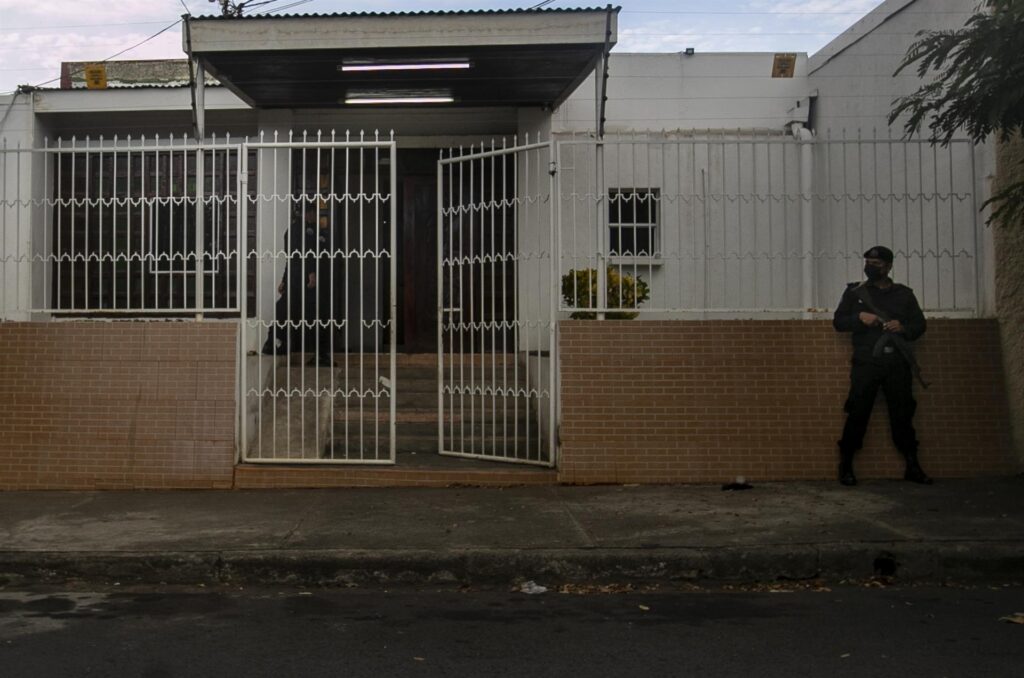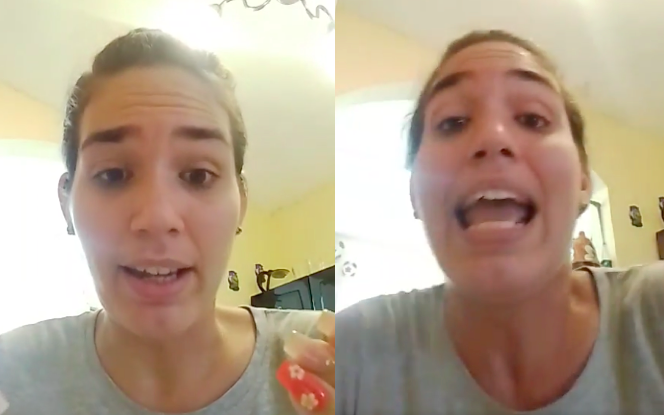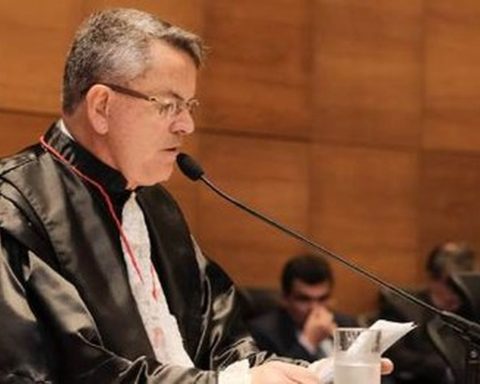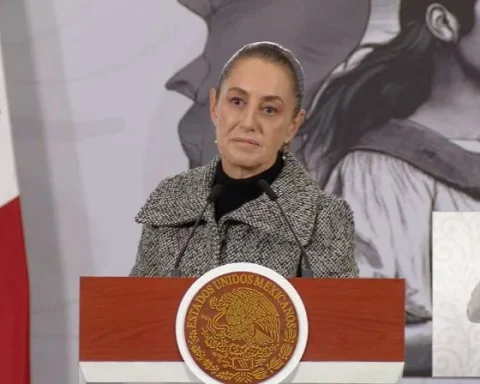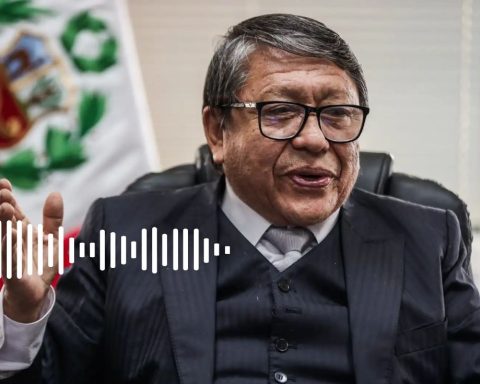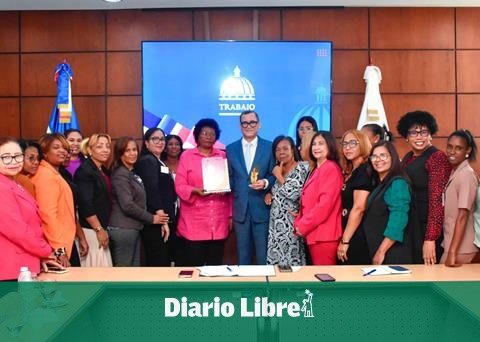“The idea that inflation has peaked is over,” wrote Greg McBride, chief financial analyst at Bankrate. “Any hope that the Fed could ease the pace of rate hikes after the June and July meetings now appears to be a long shot.”
Fed officials have already almost promised half-point interest rate hikes at their next two meetings: the first next week and the second in late July.
Some expected that by September increases in the cost of credit, coupled with reduced supply chain pressures and an expected shift in household spending away from goods and towards services, would have started to ease price pressures. .
Friday’s inflation report suggested otherwise.
Used car prices, which had been sinking, reversed course and rose 1.8% from the previous month; airline fares were up 12.6% from the previous month and 37.8% from 2021. House prices, where trends tend to be particularly persistent, rose 5.5%, the biggest jump since February 1991.
Those numbers suggest Fed officials may remain stuck on half-point hikes through their September meeting and beyond as they try to reduce inflation by slowing the economy.
Fed policy rate futures traders are now betting on half-point rate hikes through at least September, with some chance of an even higher hike before then. The contracts reflect expectations that the cost of borrowing will end the year in the range of between 3% and 3.25%.
The Fed’s current policy rate target is now between .75% to 1%. Central bank officials want to increase this range without undermining a historically tight labor market or sending the economy into recession.
The May inflation report seems to make that task even more difficult.
“These are ugly numbers… I would say we will probably enter a recession in the fourth quarter of this year, with a confirmation in the second quarter of 2023,” said Peter Cardillo, chief market economist at Spartan Capital Securities.
